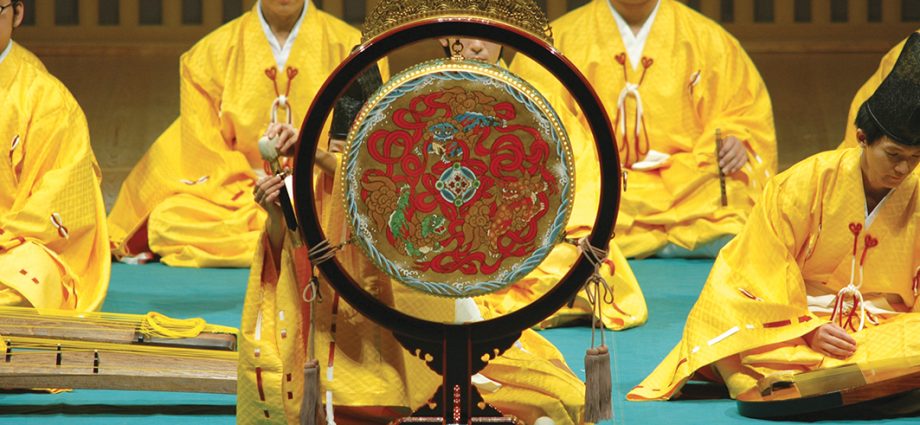Хоровая ассоциация Японии (JCA) проводит Национальный хоровой конкурс, и каждый год организаторы составляют сборник обязательных произведений. Эти произведения собираются в антологию и публикуются под названием Songbook: A Series of Choral Masterpieces. Эта подборка включает в себя как западную музыку (от ренессанса до современных шедевров), так и японскую современную хоровую музыку. Участники конкурса выбирают одно произведение из этого сборника и исполняют. Одно из японских произведений написано победителем ежегодного конкурса хоровых композиторов Asahi Choral Composition Prizе. В этой статье мы представляем нескольких современных японских хоровых композиторов и рассказываем об их произведениях, которые были отобраны для сборника. В статье присутствуют и недавние исполнения этих произведений с Национального хорового конкурса.
Под редакцией Лидии де Монтфорт, Великобритания

